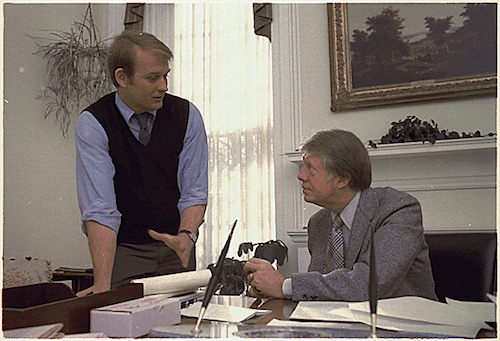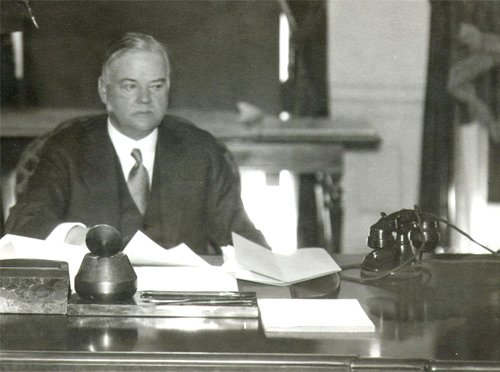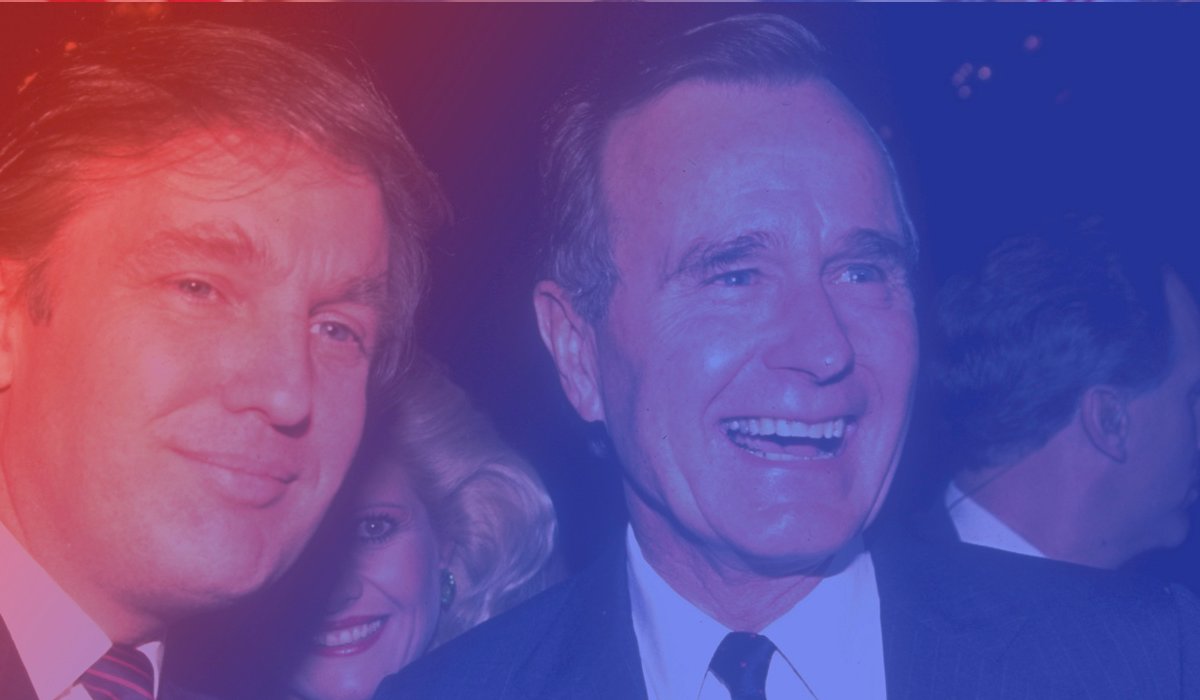It was perhaps the most divisive election of modern times, and when anti-political correctness candidate and Washington outsider Donald J. Trump won the White House last month, many people were predictably outraged.
Bernie Sanders had failed to secure the nomination, and Trump was the only candidate left who had the capability to tap into the widespread anger that fueled some of the nastiest debates both on television and social media.
And, at their conclusion, we were left with many speculating that whoever won the presidency would be a one-term president.
But what exactly makes a one-term president?
George H.W. Bush
Read my lips: No new taxes. Although that was a key promise on the campaign trail, President George Bush Sr. failed to prevent tax hikes, when the Democratic controlled congress sent him legislation proposing new revenues intended to cut into the deficit. Bush compromised and signed into law an increase on several existing taxes.
According to his White House bio, Bush failed to wrest a second-term out of the voters because he was “unable to withstand discontent at home from a faltering economy, rising violence in inner cities, and continued high deficit spending.”
Jimmy Carter

Wikimedia Commons
Good men don’t always make for great presidents. That was the lesson learned by America in the late ’70s, when President Jimmy Carter attempted to steer the country in a more open direction following the scandalous Nixon years. He promised to the “change” candidate necessary to “clean up the mess in Washington,” so Americans gave him a chance.
However, his presidency is ultimately viewed as a major disappointment. According to his White House bio, “the consequences of Iran’s holding Americans captive, together with continuing inflation at home, contributed to Carter’s defeat in 1980.”
Gerald Ford

Wikimedia Commons
The man whom Carter replaced, President Gerald Ford, was not even elected to president by the American people. He only assumed the role as commander-in-chief after Nixon had stepped down, and would serve less than a full term in the White House.
According to his White House bio, he lost re-election due to “challenges of mastering inflation, reviving a depressed economy, solving chronic energy shortages, and trying to ensure world peace.”
Herbert Hoover

Wikimedia Commons
Within months after his election in 1928, the stock market crashed and pains of the Great Depression began setting in as America plunged into the worst economic catastrophe of its history.
According to his White House bio, “his opponents in Congress, who he felt were sabotaging his program for their own political gain, unfairly painted him as a callous and cruel President. Hoover became the scapegoat for the Depression and was badly defeated in 1932.”
William Taft

Wikimedia Commons
A close friend of former President Theodore Roosevelt, President Taft was supposed to continue his legacy of liberal Republicanism. He instead implemented many of his own ideas to the presidency and thus created a rift with Roosevelt and the Progressives.
Although he was again nominated by the Republican Party, it had fractured, and that allowed Woodrow Wilson to challenge him at the behest of the united Democrats. According to his White House bio, Taft was “…accused of failing to carry out Roosevelt’s conservation policies,” and was generally better fit for the Supreme Court of the United States than the presidency.
